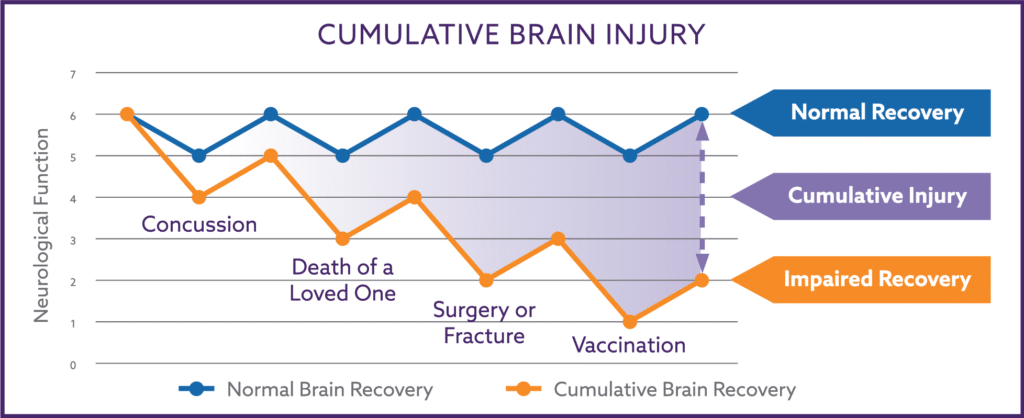This week there have been many articles circling the web relating to the issue of childhood obesity. The First Lady is pushing her “Let’s Move” campaign towards taking a community approach to changing the way children are living today. The senate is set to discuss limiting the access of junk food in cafeterias and vending machines sometime next month. The hype is due to the increasing numbers of obesity in America. In a 2008 survey, over 65% of American adults are categorized as overweight and over 30% of children are also overweight. What is to blame for the increased weight in children?
The answer pointed out in many articles this week directs the attention at school districts. Certain requirements are set to a standard by federal guidelines on the nutrition of school lunches, such as the calorie and fat content. The fine line here is that these standards do not require the meals to be truly nutritious or good to eat. Many of the meals are prepared as cheaply as possible to meet be paid for under the subsidized lunch program offered by the government. That may mean meals contain high-fructose corn syrup or trans fats, meals are not fresh, but prepared a day or two ahead of time, and that meals may contain artificial preservatives, flavors, and sweeteners. Sure, meals have a fruit and vegetable standard, but the guideline accepted under the Reagan administration considered ketchup as a vegetable. This wouldn’t be accepted today, but some schools across the country continue to use this standard.
The government subsidized school meal may be the largest meal of the day to some children. In other cases, where little cooking is done in the home, the most exposure to certain foods may only occur in a public school lunchroom. That picky eater of yours may be in part to the poor meals offered in the lunch room.
A lot of steps are being taken to ensure your kids are given the option of the best foods available, but more needs to be done by the public, and more can be done by you. Know what your kids are eating, and how much is eaten. If the $20 you put in your kid’s lunch account is gone by the end of the week, find out where the purchases went. Pizza and candy bars are just as easily purchased at a school cafeteria as the vegetable soup, tuna salad, and fruit bowl. Talk to your school superintendent of your concerns with the school district’s lunch program. Call your senators and voice your view on the importance of your child’s school meals.
School lunches barely skim the surface for the several other reasons as to why children are gaining weight as quickly as adults. Other topics such as the foods offered in the home and the amount of physical activity in a day are also contributing factors, but for now, take the time to focus on what your child is doing when they are not in the home with you.


Good are school has some really bad pizza what I mean by that is its really really greasy all of our food is